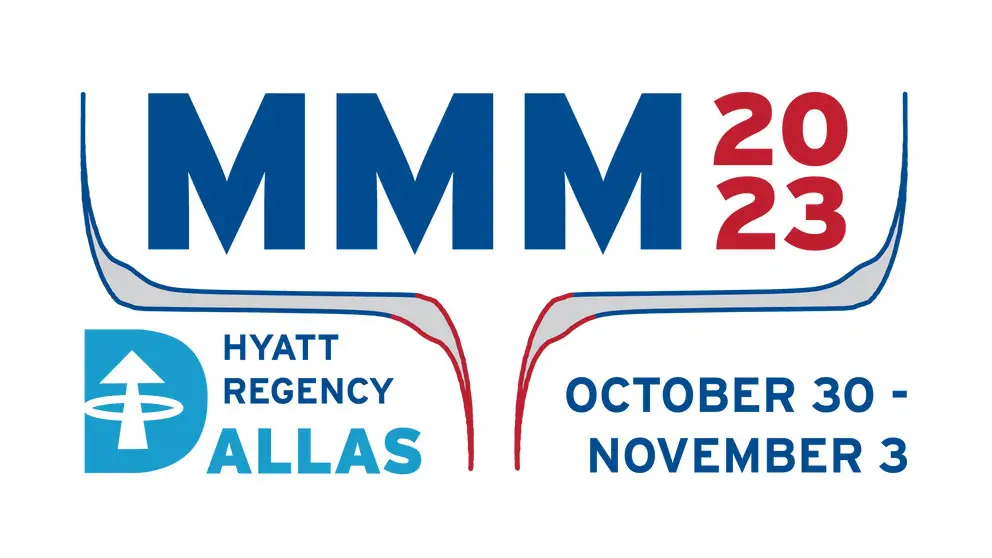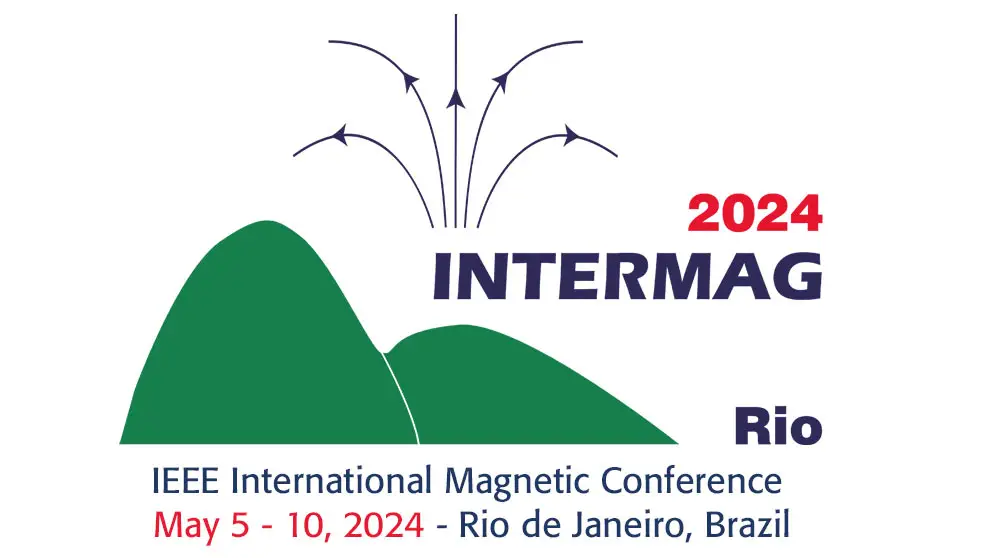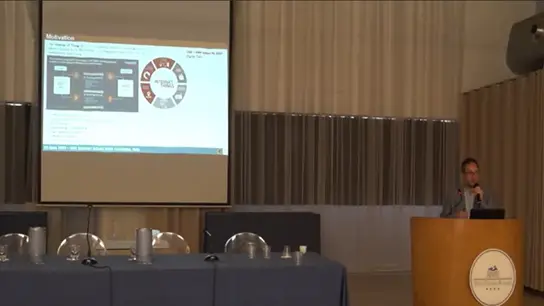Symposium
30 Oct 2023
Cr2O3 is a rare example of room-temperature magnetoelectric uniaxial antiferromagnets, which renders it to be a perspective material for low-energy-consuming electronics [1]. We study the behavior of domain walls and a possibility of tuning magnetic responses relying on strain and defect nanostructure of Cr2O3 thin films. Complex defects at grain boundaries act as effective pinning sites for domain wall, favoring the appearance of maze-like domains in polycrystalline films with out-of-plane easy axis [2]. Measuring characteristic scales of these domains by Nitrogen vacancy (NV) magnetometry provides a possibility to estimate inter-grain coupling parameters. Combining statistical analysis of domain size with quantification of the fractal dimension of the domain pattern, we determine the effective strength of the exchange coupling between neighboring grains. To reproduce the domain pattern measured by NV magnetometry, it is crucial to have a small amount of ferromagnetic bonds, which in the case of Cr2O3 can be satisfied by local change of ion valence. The statistically quantified material parameters are in agreement with the estimation using machine learning approach [3]. In films epitaxially grown on sapphire, crystal defects relax strain stemming from the substrate and allow obtaining a sizable strain gradient. Cr2O3 films with thickness of 30-50 nm initially grow pseudomorphically to sapphire, and compressive in-plane strain leads to the enhancement of the Neel temperature locally. Dislocations as strain-relaxing sites propagate into the film from the top surface. The latter induces distribution of the Neel temperature along the film thickness and enables irreversible out-of-plane magnetization of flexomagnetic origin. We found the reversible part of flexomagnetism-induced magnetization is determined by the direction of the Neel vector and quantified it via combined magnetotransport and NV magnetometry measurements [4].References: [1] Y. Shiratsuchi, K. Toyoki, R. Nakatani, J. Phys. Cond. Mat. Vol. 33, p. 243001 (2021); J. Han, R. Cheng, L. Liu et al., Nat. Mater. Vol. 22, p. 684 (2023) [2] I. Veremchuk, M. O. Liedke, P. Makushko et al., Small, Vol. 18, p. 2201228 (2022) [3] O. Pylypovskyi, N. Hedrich, A. Tomilo et. al., Phys. Rev. Applied, in press (2023) [4] P. Makushko, T. Kosub, O. Pylypovskyi et al., Nat. Comm., Vol. 13, p. 6745 (2022)


